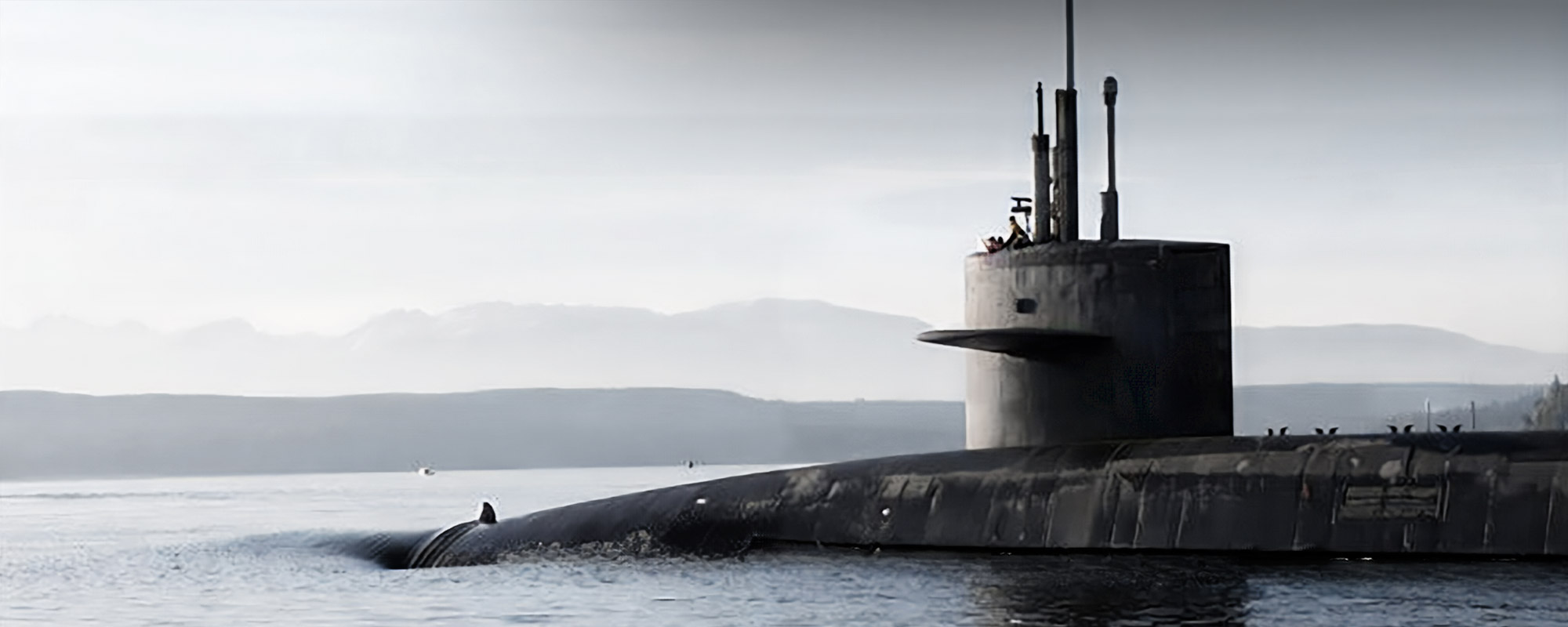Leadership Fundamentals Series: The Importance of Building Quality into Your Organization
Whether in national defense, advanced technology, or complex systems engineering, embedding quality into the DNA of your organization from the outset leads to safer outcomes, clearer communication, stronger compliance, and more resilient operations.
Paws with Purpose: How SPA’s Puppy Fleet Supports Veterans from the Ground Up
When SPA Fellow and retired Navy Captain Bill Hoeft walks into the office with a playful Labrador puppy at his heels, he’s not just making coworkers smile—he’s helping shape the future for a veteran or first responder in need.
Putting Force Design First – Logically
In a time of accelerating threats and rapid technological shifts, the U.S. military should reconsider how it approaches force design in its modernization process. Force design represents the logical first step in force modernization—and it should be performed concurrently with development and employment, not sequentially as current doctrine suggests.
Navigating Change and Nuclear Policy Challenges
As the U.S. navigates unprecedented strategic challenges, bipartisan consensus on nuclear policy is more vital than ever. In this new post, SPA Fellow Tom Troyano reflects on lessons from navigating seven presidential transitions and shares insights from the Strategic Posture Commission report. The takeaway: the current nuclear modernization path, while essential, may no longer be enough. From ret
From Overconfidence to Realism: Overcoming Bias in Early Cost Forecasting
Navigating the complex landscape of program cost estimation requires confronting hidden biases that threaten budgets, timelines, and ultimately mission success. Accurate cost estimating is critical for defense programs aiming to deliver on time, within budget, and with the capabilities needed for today’s warfighter. Yet, cost estimation—especially early in the acquisition process—is often un
Fostering the Next Generation of Nuclear Analysts: SPA’s Nuclear Analyst Community of Interest
Ensuring the credibility and effectiveness of the U.S. nuclear deterrent requires not only technical expertise and strategic foresight but also a commitment to developing the next generation of nuclear analysts. At Systems Planning and Analysis (SPA), this responsibility is embodied in the Nuclear Analyst Community of Interest (COI), founded and led by Tom Troyano, SPA’s Fellow for Nuclear Moder








